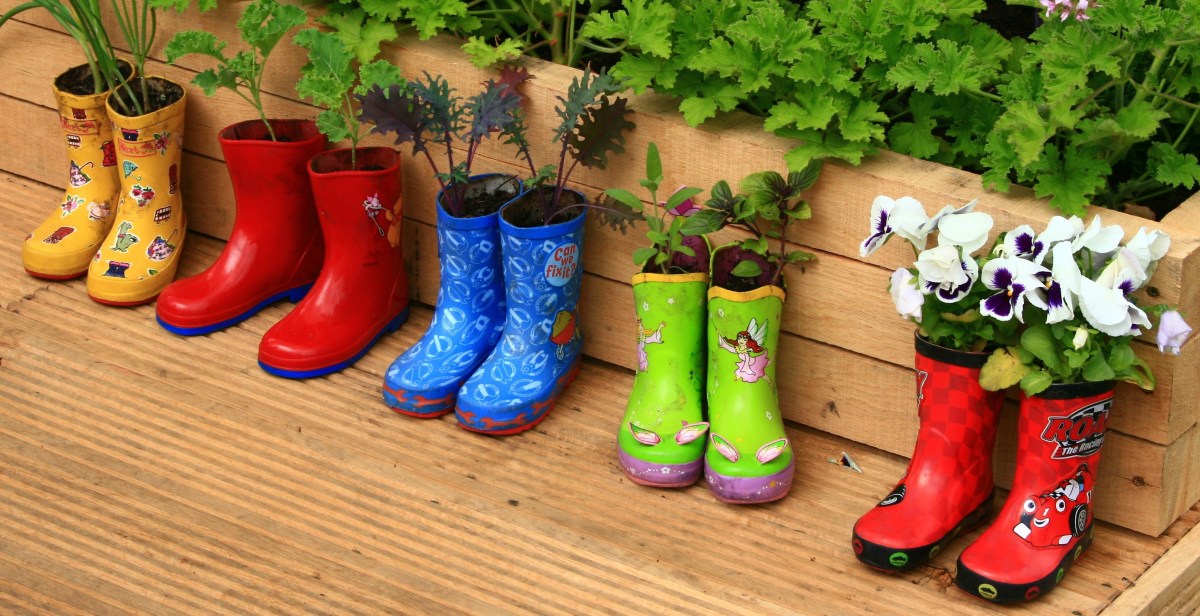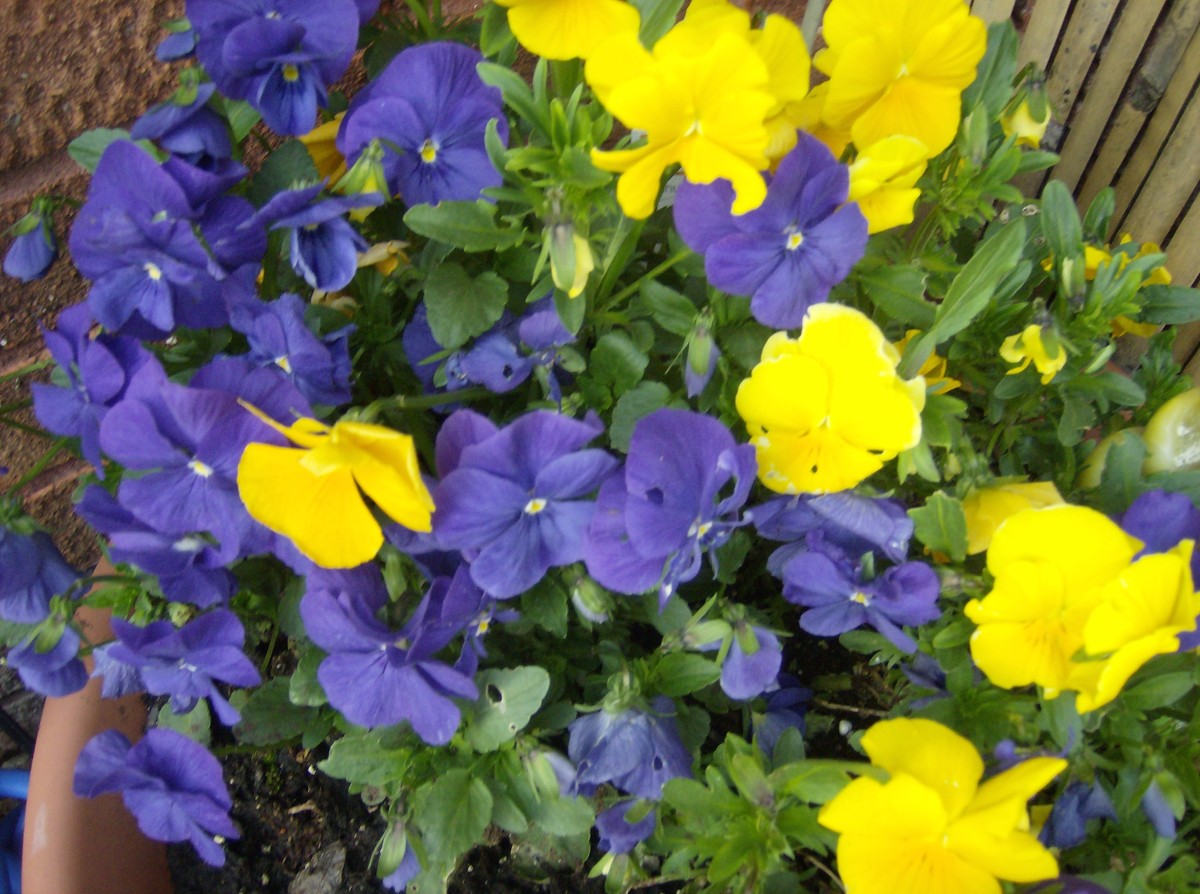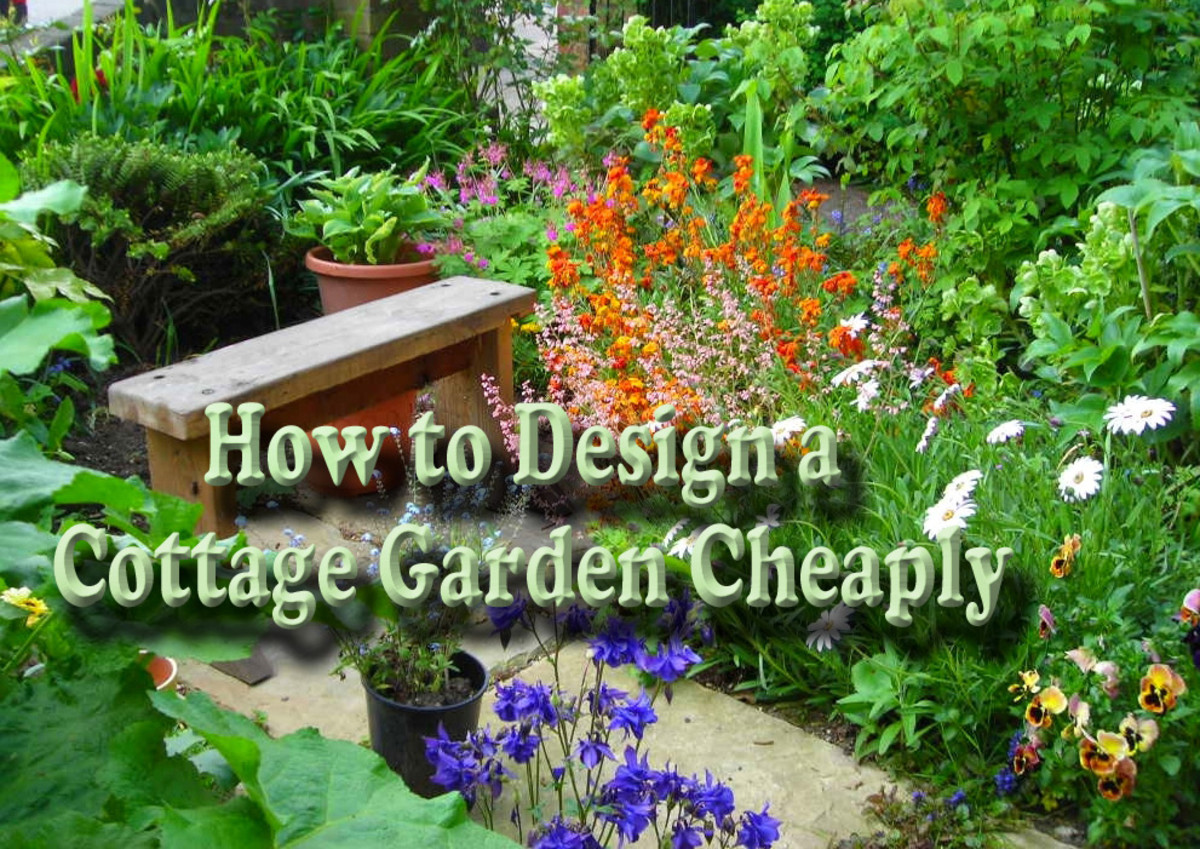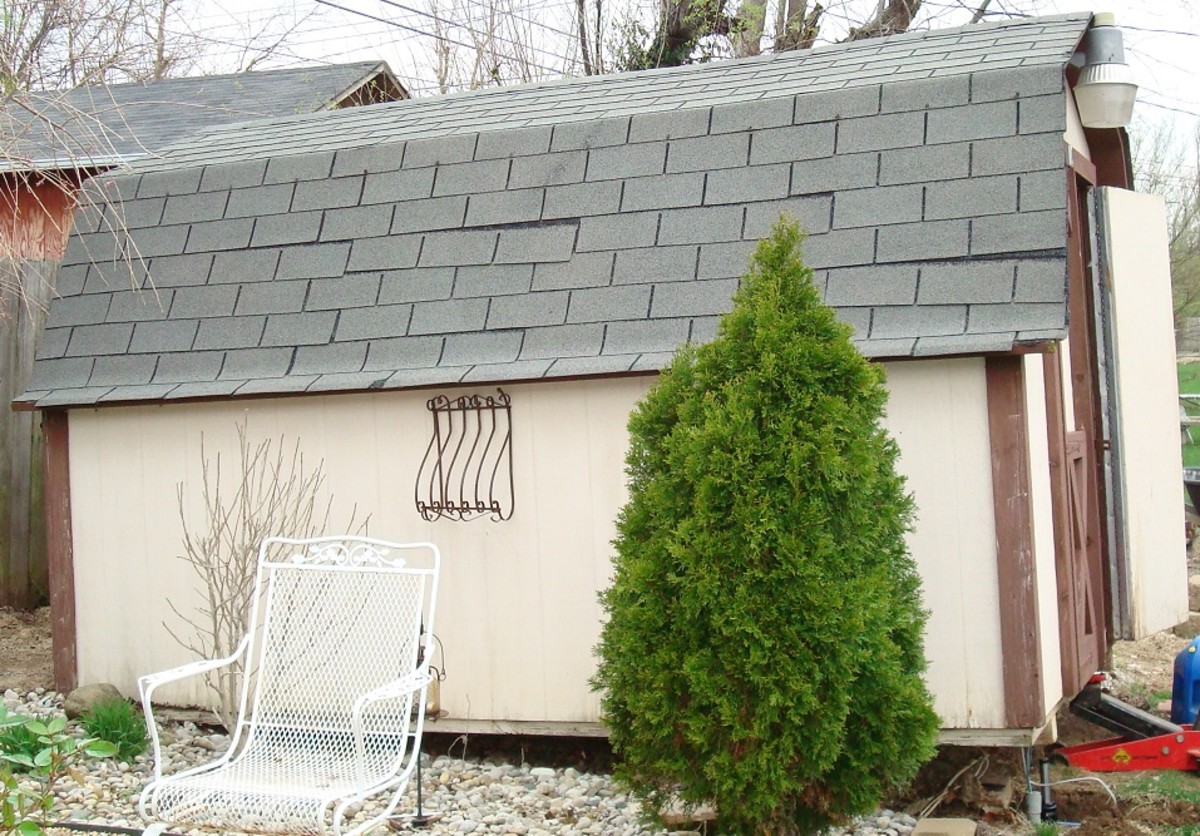Landscaping Books to Help With Design
It is really fun to motivate yourself by looking through books and photographs on landscaping. If you are especially interested in landscaping with native plants, you will still want to have some general landscaping books around. Information about natives, themselves, may be more readily found on the Internet and can supplement such books as those below.
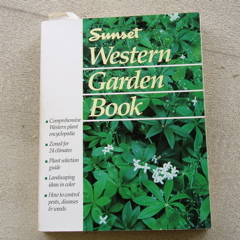
Plant Reference Books
This kind of book is like an encyclopedia for plants. I have one published by Sunset Publishing Corporation (U.S.), which also publishes the popular Sunset Book series and Sunset Magazine, all dealing with plants and landscaping.
This book talks about climate zones and gardening basics. It shows how to plant with a particular purpose in mind and gives suggestions and photographs of various plants to use for that purpose, like shade-tolerant plants, seacoast plants, plants to use for windbreaks, etc. It has a large section of listings of plants by their botanical names and brief descriptions, along with the zones in which they grow best. It ends with an index that includes popular plant names, as well as the botanical name, so you can find it either way.
Basic Skills Books
This type of book deals with the basic skills necessary for growing a garden. It's a basic how-to book, as opposed to an encyclopedia-type identification book, that gives you descriptions of gardening terminology and covers all aspects of garden success.
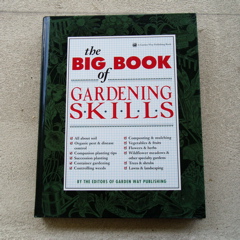
This book discusses soil preparation, weed and pest control, companion planting, and container gardening. It talks about specialty gardens and how to grow them. It shows the differences between growing a vegetable garden, working with shrubs, and how to take care of lawns.
This kind of book also provides information about tools and equipment needed, and even shows how to build a composting system. It shows how to create accessories to the garden, like adding water features, and gives criteria to help you decide whether and how to do it.
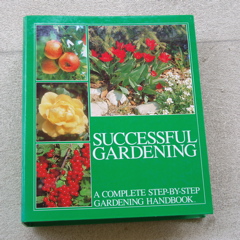
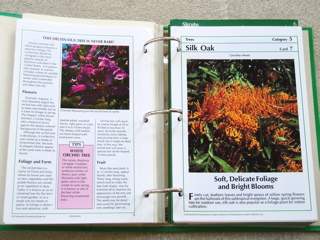
Subscription Gardening Handbook
This type of book comes in regular mailings of colorful pages that you insert into a three-ring binder. Sometimes seeds are sent along with the page that describes that particular plant. Each plant's pages have a beautiful photograph, what it's used for, when it flowers (or fruits), and what kind of treatment it needs with location, soil type, and culture. It gives cautions and tips for what to do during each season.
This is a very attractive way to compile information only on plants you are interested in, since you can reject any of the packages sent you, and can stop or start mailings at any time. In this collection I have, there are sections for annuals, bulbs, trees, shrubs, succulents, and more, each with a number of different plants within that category.
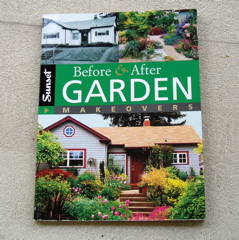
Topical Publications
There are two great series of gardening publications that I have used for specialty interests. One is the Sunset series, the other is the Ortho Books series. Both of them produce a number of specialty, softcover books that are beautiful, practical, and motivating. They provide a fun way to explore themes. Here are some of the topics I have in my library: Before & After Garden Makeovers, Attracting Birds to your Garden, All About Landscaping, All About Ground Covers, The World of Trees: Selecting and Caring for Trees in your Yard . . . This kind of series is where you are most likely to find books on landscaping with native plants.
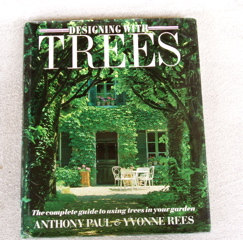
Specialty Guides to Designing
My favorite one of this type of hardcover, photo-filled book (coffee-table style) is "Designing with Trees: The Complete Guide to Using Trees in your Garden." It starts with a foreword by the author describing his first sight of a New Zealand giant Kauri tree. It was 800 years old with a girth that could maybe be covered by 30 men standing shoulder to shoulder. He said the giant sequoias in Northern California reminded him of this tree and motivated him to write the book.
The book shows different themes you can create with trees, how to work with foliage colors, how to include different bark textures, dealing with flowers and scents of trees. It talks about choosing trees with a particular purpose in mind (like providing a screen for your yard), how to train trees (pruning in shapes), how to plant under them, and how to grow them in pots. It talks about deciduous trees, conifers, and fruit trees. Then it has a guide to specific trees with photos and descriptions of them - all in all, a beautiful and fascinating book.
Designing with Native Plants
I just returned from a workshop on how to kill your water-hungry lawn. The presenter gave us the names of two books he uses most: Reimagining the California Lawn and California Native Plants for the Garden.
Southern California, where I live, is an especially sensitive area needing fewer lawns and more natives. Whereas most foliage grows during the spring, summer, and fall, California natives go dormant in summer, because of the high temperatures and lack of water. These natives grow in fall, winter, and spring. So if a California resident wants to minimize use of water, they need to get rid of lawns and "normal" plants and plant California natives and their garden hybrids. These two books show you what is possible.
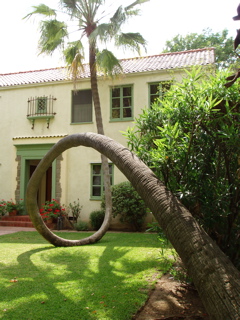
Books as Motivation
For someone like me, who loves gardening but lives in an apartment house at the moment, these kinds of books are both panacea and motivation. Panacea because I long to be out there gardening, but can't. Motivation because it encourages me to keep working toward my goals.
I live in a beautiful neighborhood that allows for taking great photos of all kinds of gardens and plants, which is another type of panacea. I can at least photograph and write about what I see. I can also pull out my books to help refine my design sense and understand better what I just saw.
Interesting Articles:
- Landscape Design - DIY Landscaping Ideas - Garden Design
Real landscaping ideas and design for front yard, backyard, and for all residential landscaping. How to do it yourself, diy plans, planning, and garden landscape design - pictures. - TLC Home "Designing with Trees, Shrubs, and Vines"
Break through the outdoor ceiling by designing with trees, shrubs, and vines. In this HowStuffWorks exclusive, we discuss design with woody plants.


